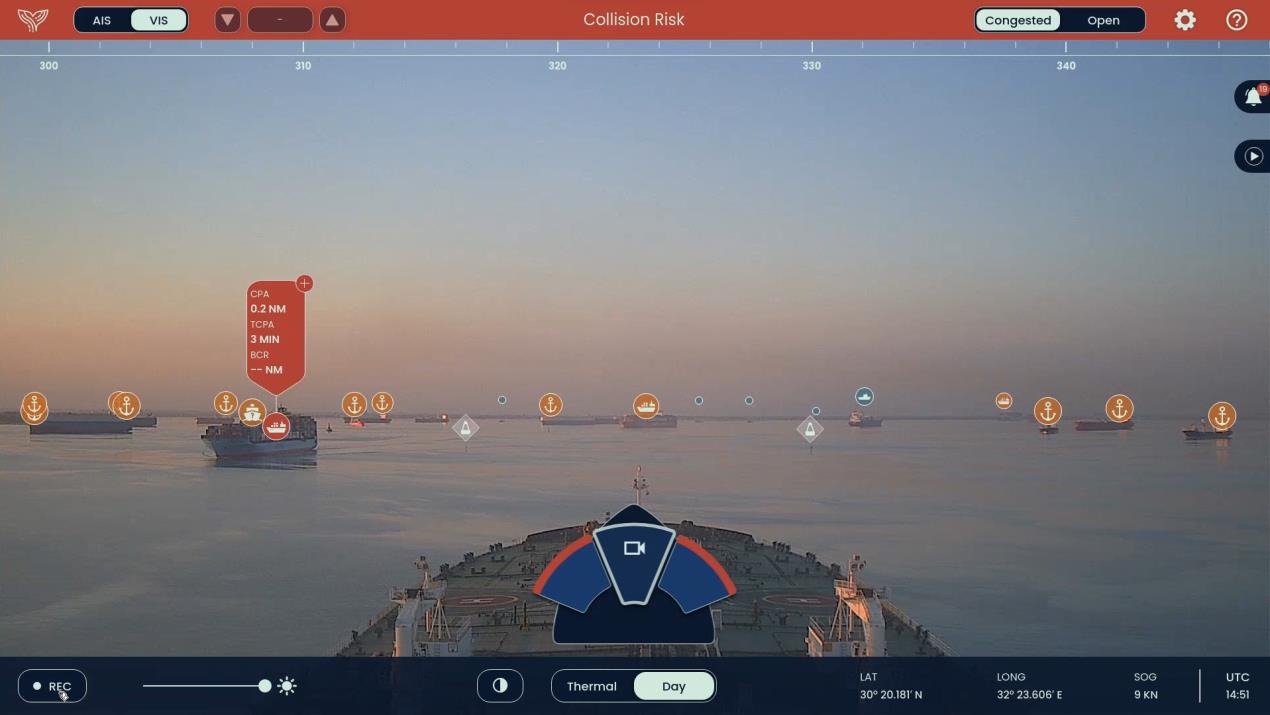The shipping industry is changing, there’s no question about this. New technological solutions are emerging in an industry that took more than a century to fully switch from sail to coal, then another hundred to move to oil, and is now having to struggle with the next switch to happen in less than half that time
It is an industry revolving around multi-million dollar assets, all of which have many similarities yet are all unique in some design aspect or other. One of the common features on most ships is the crew. They are trained to a specific internationally agreed level. These crew are awarded internationally accepted certification, and to a large extent find they can work on almost any of these internationally trading assets (and given one or two bespoke pieces of additional training such as danger cargo certification, ECDIS training and so on).
But this technology that is reshaping the industry is bringing the shore closer to the ship metaphorically, and is creating the potential for huge change in shipboard working environments.
Experts are now arguing that seafarer training needs to be overhauled to reflect the changing digitalisation of the industry, which is seeing ship managers and owners build cloud-based support or control centres (think of Columbia Ship Management, Grieg, Carnival, and most of the liner companies), support services build data and work platforms (such as DNV GL’s Veracity platform).
In its extreme case these arguments lead to question about the role of oversight in autonomous unmanned vessels, and here we can look to the Kongsberg designed Yara Birkeland which has been supported by the Norwegian authorities and will be operated remotely and autonomously (after a two years of trials) by Massterly, a joint venture between Kongsberg and the ship owner, manager and supplier, Wilhelmsen.
But in a more immediate question the argument about training overhaul points to the digitalisation and solutions that are filtering into the industry today and changing onboard roles. While technology speeds up the pace of change in a once sleepy industry there are warnings that more needs to be done in recognition of the role of the human in the (digital shipping) loop, a term favoured by technology experts to acknowledge the fact that there is a human making the decisions or having the ability to override autonomous systems (even if it is a yes/no decision relating to a voyage route).
Welcome the e-farer, the seafarer trained for the age of the smart ship, the seafarer who may not need to work on the ship.
Speaking at an Maritime UK-backed autonomous shipping seminar in London recently Sarah Kenny, chief Executive of UK marine engineering consultancy BMT Group, said the current arrangements for crews are training officers for a carer in an industry that no longer reflects the reality of this technology.
In a conference dedicated to assessing technology and the regulatory requirements of creating autonomous shipping, Kenny said there will always be a need to address the hype of those pushing technologies, but the fact is that there are significant changes in the sector with increased connectivity, digital solutions and sophisticated and integrated shipboard systems.
She warned that shipping is not facing a near future of unmanned ships, but one of rapid transition to an industry where the roles of ship operators and shore based operators are perhaps interchangeable and autonomy of systems and crew as much as unmanned ships will be a significant part of the near future.
The future seafarer, or e-farer, will be one that could be ashore as much as on a ship and training establishments need to be preparing for this.
The difficulty with this does however lie in the requirements with regulations such at the IMO’s STCW convention that spells out the lengthy requirements for training a seagoing officer. The IMO has been conducting a scoping study of its instruments and conventions to see what may need to be changed to enable the international development of autonomous or unmanned vessel trials, but what Kenny points to is the ongoing digitalisation of many shipping processes that are not yet reflected in the education given to school leavers who may choose as career in the industry, nor serving officers currently at sea. An additional point is the need to attract more people into the industry to meet expected demand in the future for seafarers, whether they will be operating the vessels from the bridge at sea or a control room in an office.
Captain John Lloyd, Chief Executive of the Nautical Institute says that cadetships need to drastically rethink their structure to ensure that a cadet’s training is fit for purpose for a digital or autonomous industry. He warned that the current training modules in the UK for example, are currently too prescriptive to allow for this , noting that other countries allow more leeway for additional modules to be included to give a cadet an opportunity to be digitally savvy.
There are a growing number of conferences and seminars dedicated to the future of maritime autonomy, and there are examples of unmanned craft with significant autonomous capabilities (Sea Hunter 1 has been under tests with the US Navy for a couple of years now and UK-based Sea Kit (see below) has built an autonomous craft that launches an autonomous submersible for remote survey work. Sea-Kit operations manager Ash Skett, a former sailor, says one of the most important aspects of remote control of the Sea-Kit vessel is sound.
As a former seafarer he recognizes the importance of being able to hear what is going on around a vessel – for example, a change associated with a fault can be heard well in advance of a sensor translating that into a signal and it being diagnosed. When in operation Sea Kit has live microphones feeding real-time audio form the vessel into the control room.
What these developments demonstrate according to experts like Lloyd ad Kenny is the need to quickly look at regulations such as STCW and national training requirements to ensure they are fit for purpose. The international merchant fleet may not be switching to unmanned autonomous craft in the next decade, but there is no doubt that there will be practical uses of this technology, and the connectivity that is emerging in the industry.
Because even a shore based operator should at least know whether to turn a vessel to port or starboard under duress, understand when a remote vessel has right of way or not, and perhaps understand the nature of sea-keeping in a storm so as not to expect a ship to do the impossible.
END

































